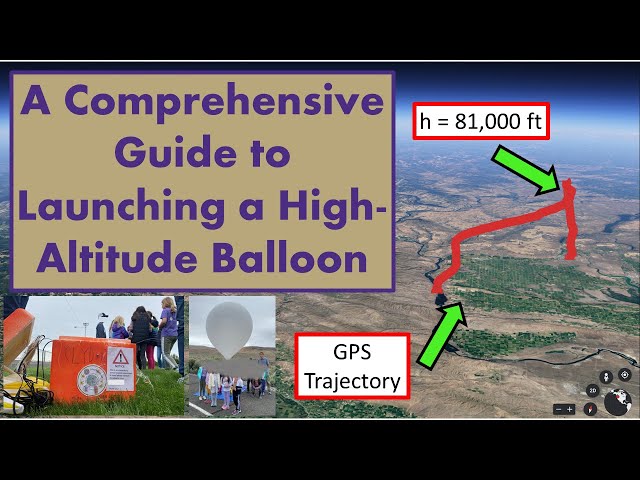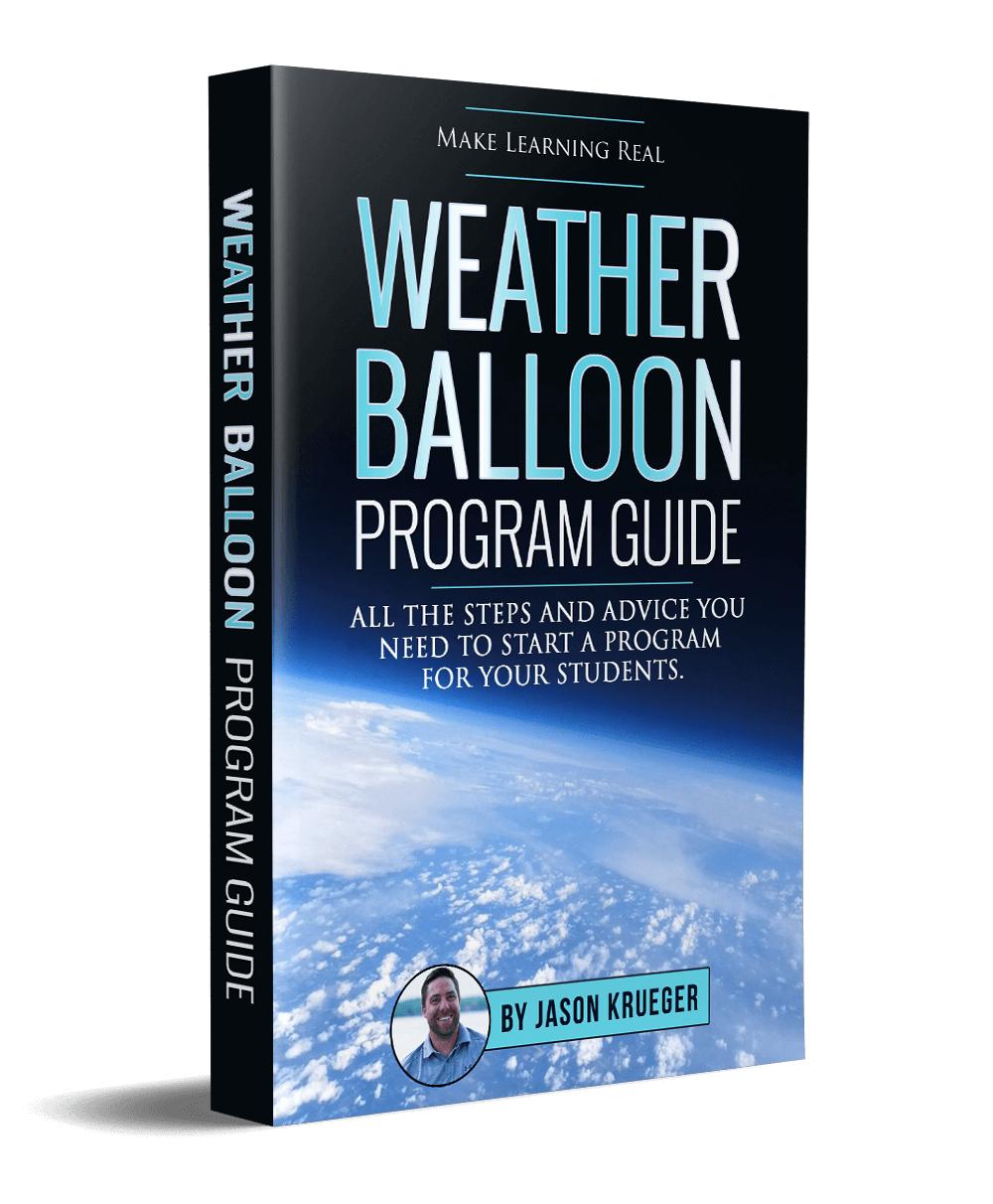Alright, so I’ve always been fascinated by the idea of sending stuff up into the sky, you know, really high up. So, I decided to launch a high-altitude weather balloon. It sounded pretty cool, and I figured, why not? Plus, I wanted to share the whole journey with you guys, from start to finish.

Getting Started
First things first, I needed a balloon. Not just any balloon, but a big, sturdy one that could handle going up like, really, really high. After looking around, I got my hands on a proper weather balloon. Then came the fun part – filling it up with helium. It’s not like blowing up balloons for a birthday party; this thing got huge!
The Payload
Next up, the payload. This is basically a fancy word for the stuff I was sending up with the balloon. I packed in a couple of cameras to capture the view, a GPS tracker so I could find the thing when it came back down, and a radio transmitter because, well, it seemed like the right thing to do. I’d seen online that some folks use something called a radiosonde, but I just went with what I had. It’s all about experimenting, right?
Tracking and Recovery
This was the tricky part. I knew satellite trackers were the best bet, but they seemed a bit complicated for a first-timer like me. I mean, they use a network of satellites and all that jazz. I opted for a simpler GPS tracker. The idea was to watch it go up, see where the wind took it, and hopefully, find it when it popped and came back down. I heard these balloons can go as high as 110,000 to 130,000 feet – that’s way up there!
Launch Day
Finally, launch day arrived. I picked a nice, clear spot with plenty of open space. With the balloon fully inflated and the payload securely attached, it was time to let her rip. Watching it ascend was kinda surreal. It just kept going up and up, getting smaller and smaller until it was just a speck in the sky.
The Wait
Now, the waiting game. I kept an eye on the tracker, watching its path. It was interesting to see how it drifted with the wind. I learned that some folks track these balloons on a map, monitoring their positions and where they’ve been. Pretty neat, huh? Eventually, as expected, the balloon popped, and the tracker started its descent.

Retrieval
Finding the payload was a bit of an adventure. It landed a good distance away, but thankfully, the GPS did its job. I found it in a field, cameras still intact, having captured some awesome footage. It was a successful mission!
So, that’s the story of my high-altitude weather balloon adventure. It was a blast, and I learned a ton. If you’re into this kind of stuff, I totally recommend giving it a try. Just remember, it’s not exactly rocket science, but it’s definitely more involved than chasing chickens, as someone once said. Hope you enjoyed the ride along with me!
